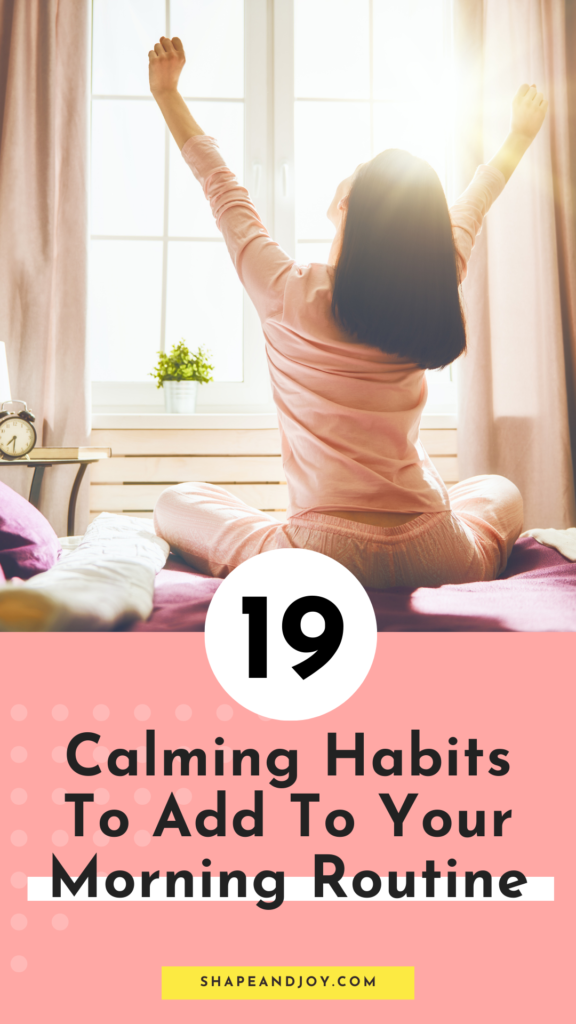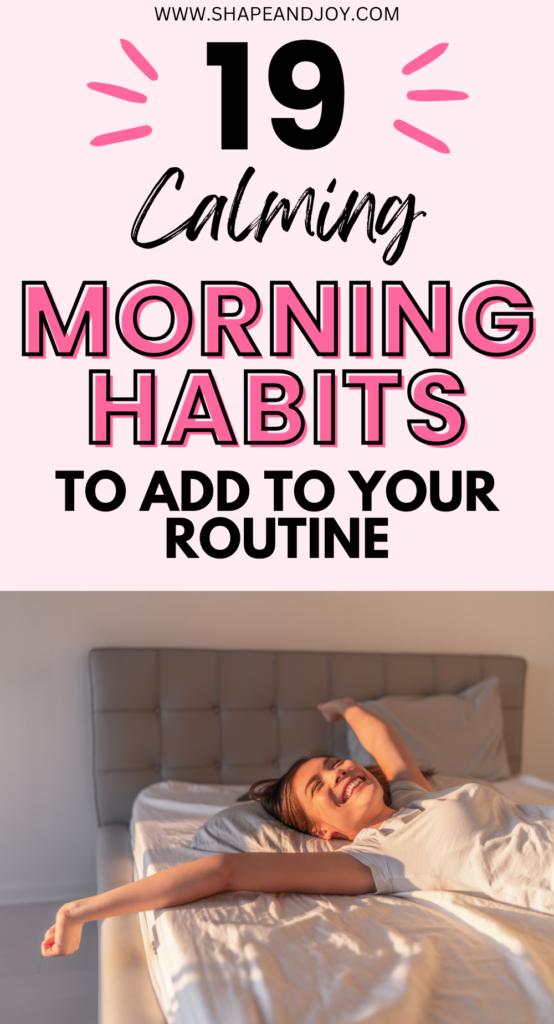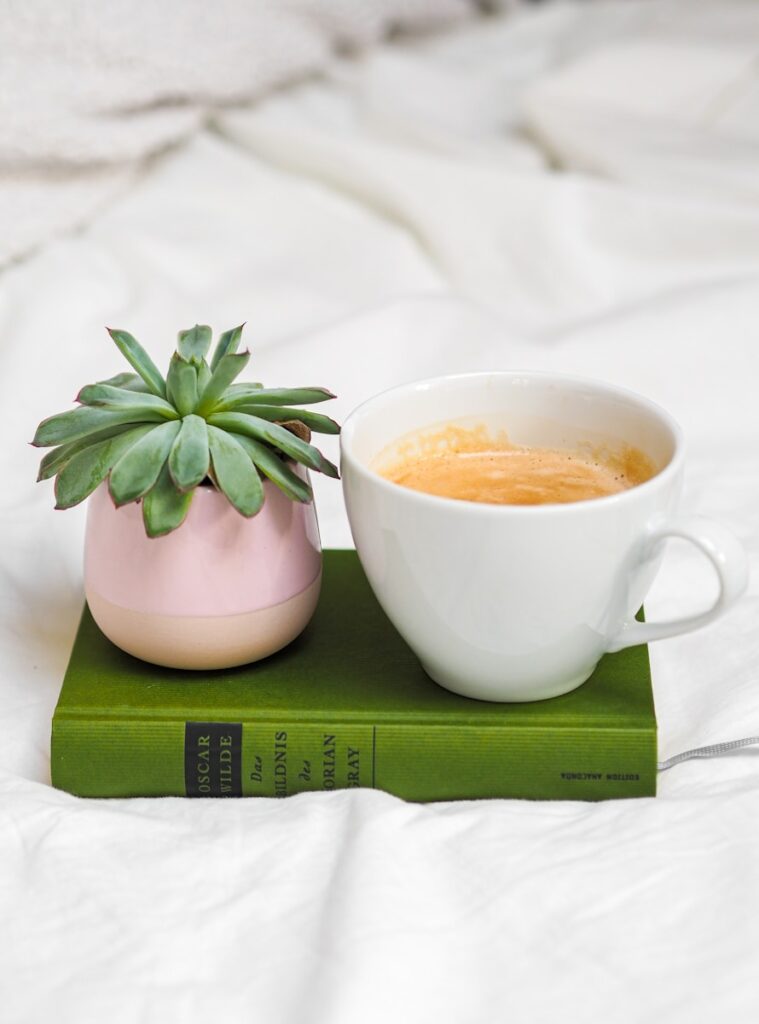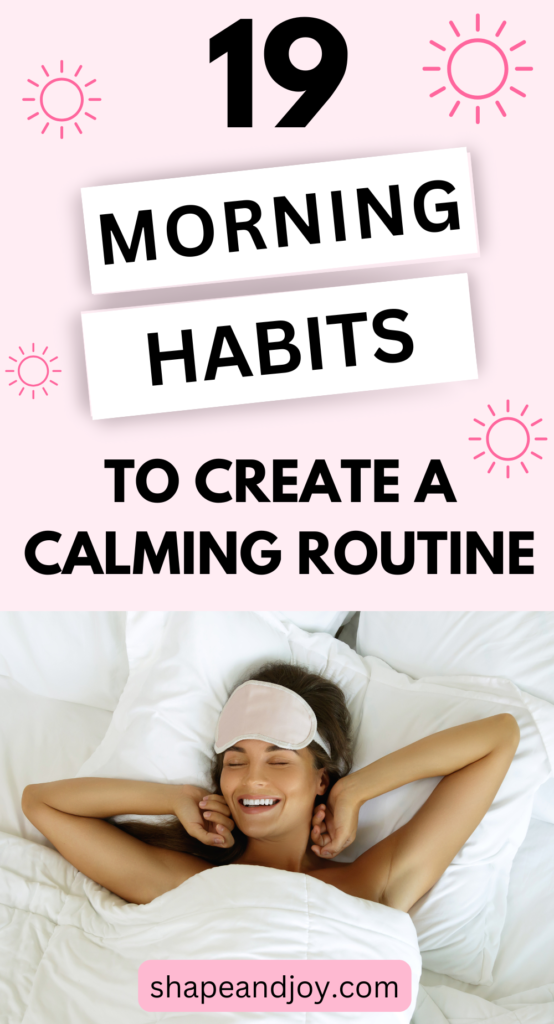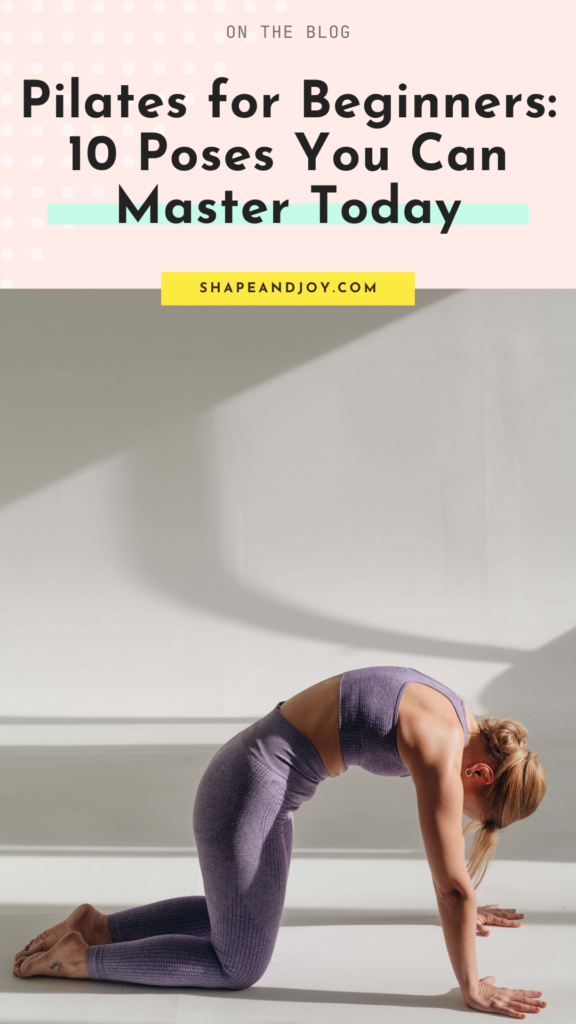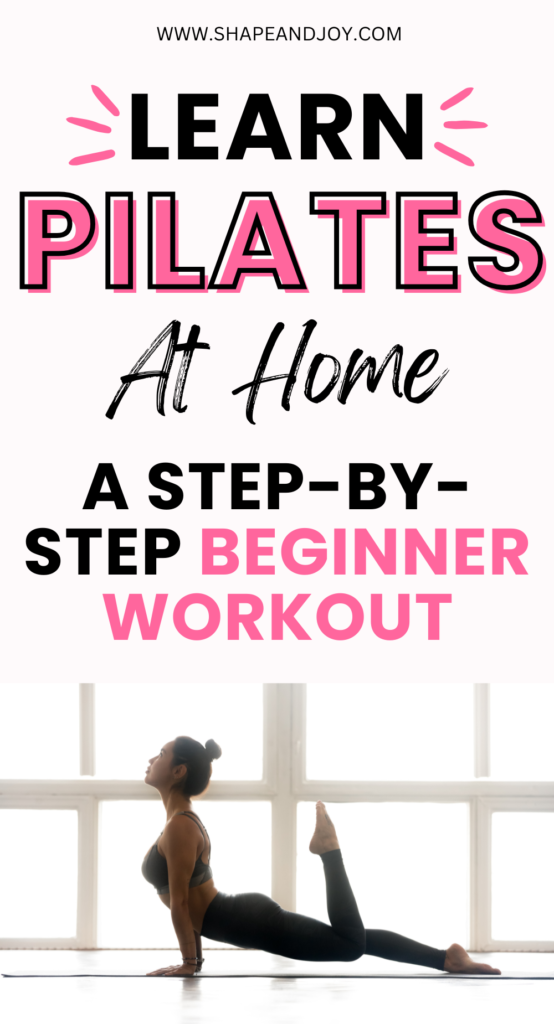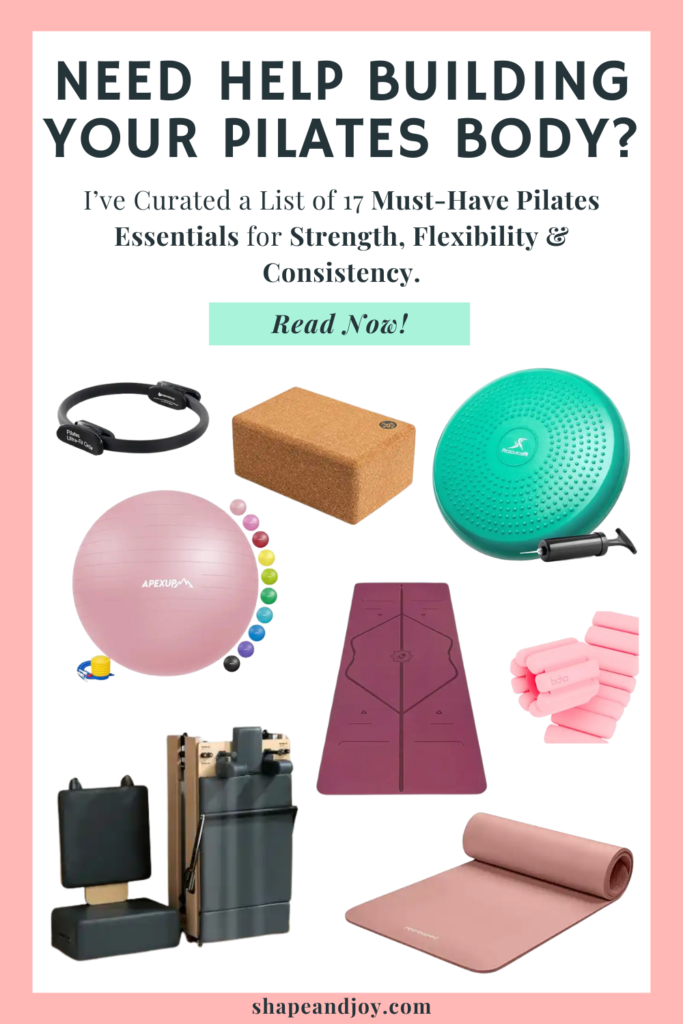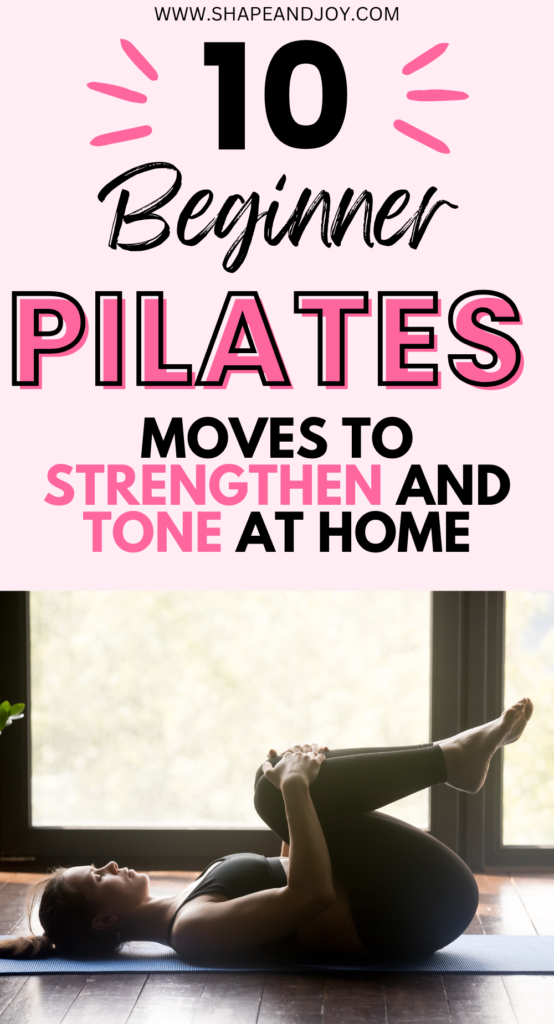How to Prioritise Yourself Without Feeling Guilty

So far in this series, we’ve talked about lazy girl self-care, how to make exercise feel like self-care, and even how self-care and sustainable weight loss go hand in hand. But let’s get real for a second—learning to prioritise yourself can feel uncomfortable, even a little selfish.
If you’ve ever thought:
- “I should be doing something more productive.”
- “I feel bad saying no to people.”
- “I don’t have time for self-care.”
…then you’re not alone. A lot of us have been conditioned to put everyone else first, to be the reliable one, the selfless one, the one who always says yes.
But here’s the truth: you can’t pour from an empty cup.
I used to think self-care was an extra, something I could do after I’d taken care of everything else. But after years of burnout, all-or-nothing thinking, and running myself into the ground, I realised that prioritising myself wasn’t selfish—it was necessary.
So if you’re struggling to make time for yourself without guilt, here’s how to start.
- 1. Accept That To Prioritise Yourself Is Not Selfish
- 2. Stop Waiting for “Free Time” (Because It’ll Never Magically Appear)
- 3. Set Boundaries (Without Feeling Like a Bad Person)
- 4. Make Self-Care Non-Negotiable (Even If It’s Just 5 Minutes)
- 5. Let Go of Guilt (You Deserve to Take Up Space)
- 6. Unapologetically Romanticise Your Own Life
- Final Thoughts: Prioritise Yourself Guilt-Free
1. Accept That To Prioritise Yourself Is Not Selfish
First things first—let’s destroy the idea that self-care is selfish.
You are allowed to take care of yourself. You’re allowed to have boundaries. And you are allowed to rest, reset, and recharge.
Here’s what helped me shift my mindset:
- When you take care of yourself, you have more energy for others.
- Prioritising yourself teaches people to respect your time and needs.
- Burnout benefits no one—not you, not your family, not your work.

2. Stop Waiting for “Free Time” (Because It’ll Never Magically Appear)
I used to think I’d start prioritising myself when I had more time. Spoiler: that day never came. Life will always be busy.
There will always be chores, work, responsibilities, and people who need you.
So instead of waiting for free time, I started creating it:
- Blocking out self-care time in my schedule (yes, literally putting it on my to-do list).
- Setting alarms for micro self-care breaks (a five-minute walk, a deep breath, a cup of tea).
- Saying no to things I didn’t actually want to do (game-changing).

3. Set Boundaries (Without Feeling Like a Bad Person)
Saying no used to terrify me. I didn’t want to disappoint people. I didn’t want to seem rude. But constantly saying yes to everything left me exhausted, overwhelmed, and frustrated.
So I started setting gentle but firm boundaries:
- “I can’t make it this time, but let’s plan something for next week!”
- “I don’t have the capacity to help with that right now.”
- “I need some time to myself today, let’s catch up later.”
And guess what? No one was mad. The people who respect you will respect your boundaries. And if someone gets annoyed?
That’s a them problem, not a you problem.
Protect your time and energy like it’s your most valuable resource—because it is.
📌 Pin this for later! ⬇

4. Make Self-Care Non-Negotiable (Even If It’s Just 5 Minutes)
A lot of people think self-care means long baths, spa days, or two-hour morning routines. But real self-care is the small, daily things that keep you feeling good.
Here’s what helped me:
- Hydration first. Before coffee, before checking my phone—just a glass of water.
- A skincare routine that’s basic but effective. (cleanser, moisturiser, SPF—that’s it.)
- Movement that feels good. Some days it’s a run, some days it’s stretching in bed.
- A five-minute break from screens. No doomscrolling, just a pause.
If you have time to scroll social media, you have time for self-care.

5. Let Go of Guilt (You Deserve to Take Up Space)
Guilt used to eat me alive. If I rested, I felt lazy. I said no, I felt like I was letting people down. If I chose myself, I felt selfish.
But here’s what I finally realised:
- Rest is productive.
- Saying no doesn’t make you a bad person.
- You deserve to take up space in your own life.
So if you struggle with guilt, remind yourself:
- You’re not neglecting others—you’re taking care of yourself so you can show up better.
- To prioritise yourself doesn’t mean you don’t care about others—it means you care about yourself too.
- Rest is a basic human need, not a reward you have to earn.
You are just as important as everyone else you take care of. don’t forget that.

6. Unapologetically Romanticise Your Own Life
You don’t need permission to enjoy your own life. Sometimes, prioritising yourself is as simple as making everyday moments feel special.
- Turn a basic shower into a spa experience (shower steamers = game-changer).
- Drink your coffee slowly, without distractions.
- Go for a walk with music that makes you feel like the main character.
- Make your space feel good—candles, fairy lights, fresh sheets.
You don’t need a reason to do nice things for yourself. just do them.
Low-Effort Self-Care
Want to upgrade your self-care without the stress? This series is all about realistic, low-effort self-care that actually fits into your life—no guilt, no overwhelm, just small changes that make a big difference.
Explore the full Lazy Girl Self-Care Series:
- The Lazy Girl’s Guide to Self-Care: How to Feel Better with Minimal Effort
- The Best 5-Minute Self-Care Hacks for Busy Women
- How to Create a Self-Care Routine That You Actually Stick To
- How to Practice Mindfulness Without Meditating for Hours
- The Best Self-Care Ideas for When You’re Burnt Out
- How to Make Exercise Feel Like Self-Care (Not a Punishment)
- The Connection Between Self-Care & Sustainable Weight Loss
- How to Prioritise Yourself Without Feeling Guilty
- How to Reset Your Life When You’re Feeling Stuck
Pick one, start small, and give yourself permission to make self-care easy.
Final Thoughts: Prioritise Yourself Guilt-Free
If you’re waiting for someone to give you permission to prioritise yourself, this is it.
You deserve to:
- Take care of yourself without guilt.
- Set boundaries and say no when you need to.
- Enjoy life without feeling like you have to earn it.
Next up: How to Reset Your Life When You’re Feeling Stuck—because sometimes, you just need a fresh start.
📌 Pin this for later! ⬇



































